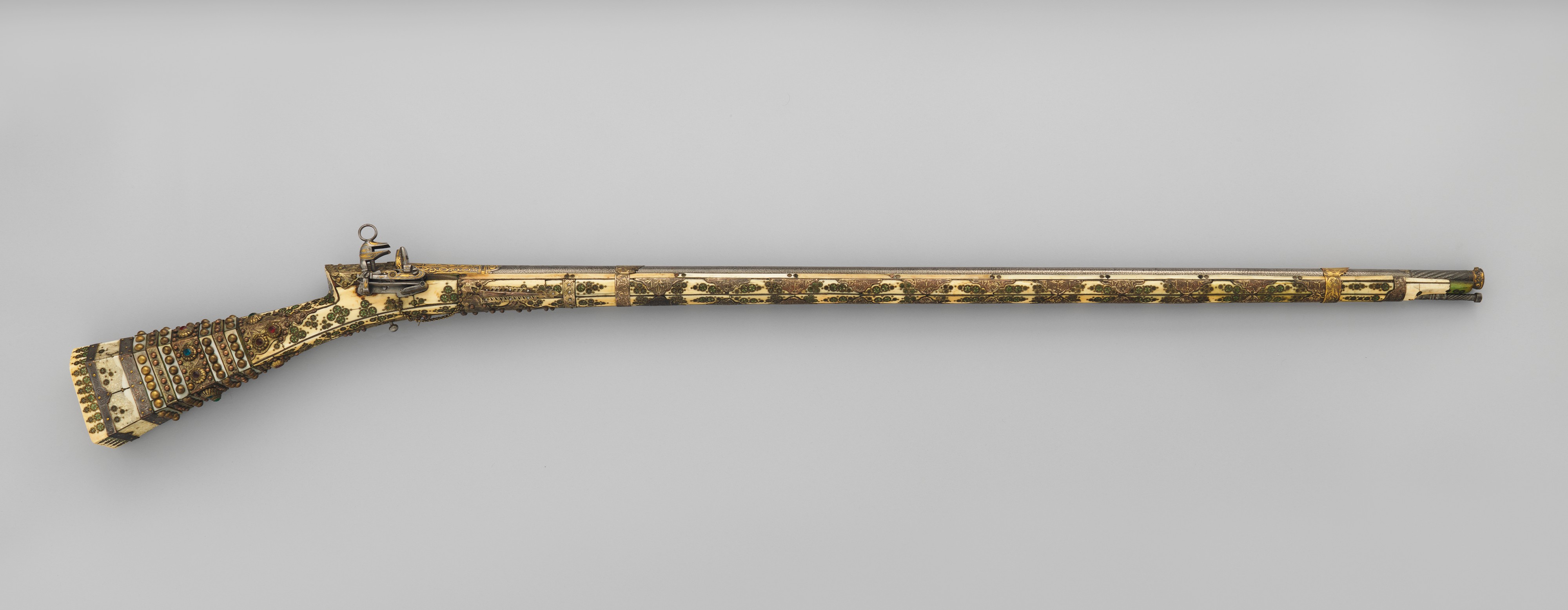Breach Hawks
Debtors, disgraced Janissaries, and other wanted fugitives of the Empire Immemorial often try to change their fate by fleeing into the Dispute. Low-level criminals and petty reprobates are generally written off when this happens.
However, anyone wanted by someone with authority or money might have a significant price on their head. Men dangerous and desperate enough to enter the Dispute chasing after fugitives are known as Breach Hawks i.e. Barrier Rats, Chase-Scum. They'll go into the Dispute, usually in well-armed groups, and try and bring back the fugitives. The profession is lucrative, but with a ludicrous mortality rate.
Most Hawks are as desperate as the the people they chase, and are generally less respected in Imperial society than than their quarry. A few ambitious breach hawks have been hiring poets and playwrights to create works of art extolling the hawks, in an attempt to give the profession a dangerous, seductive mystique. So far, it hasn't worked.
The Trade Archaic
The polite term for the vast black market in artifacts smuggled in from the Dispute. The majority of items recovered from the Dispute are various unidentifiable items, sold mostly as low-value curiosities.
More lucrative is the trade in magical technology. Vast amounts of thaumaturgical lore has been lost over the millennia, and even fragments of a forgotten spell or a talisman can easily fetch a good price.
The rarest and most valuable discoveries are of ancient weapons, especially weapons of a sorcerous nature. Various Janissary orta and wealthy nobles will pay almost any price for these rarities. An explorer who can bring even one powerful weapon back to the Empire can easily retire on the proceeds.
The Bargain Sorcerous
The sorcerers of old could wield the forces of nature directly, but in this degraded age, most magic is performed though pacts with minor infernal beings, and somewhat more alien spirits from Beyond the Spheres.
Summoned creatures will perform a service or provide information for a caster, for a price. The price is dependent on the being and the request. Some of the possible prices are as follows:
- Blood – for simple tasks
- Mortality – years are taken off the target's life.
- Memories – The more precious the memory, the higher the value.
- Intellect – The target actually becomes duller and less intelligent.
Despite rumors, no summoned creatures are interested in human sacrifice. They have no use for the dead.
Normally, the price is paid by the actual caster, but some poor desperate souls will sell themselves as sacrifices for spell-casters, accepting money in exchange for their loss. In the Empire, this isn't technically illegal, but is widely despised in polite society. No respectable sorcerer would admit to using paid sacrifices.
Ancient Spell Boxes
The Imperial sorcerers of old wove dark and terrible enchantments, crafted to wage their endless war. As the millennia went on, their spells grew ever more powerful, and ever more dangerous.
Most of them have been lost to time, but fortune hunters and obsessed sorcerers constantly scour the broken, ancient battlefields of the Dispute, hoping to recover these forgotten enchantments. They are considered incredibly valuable, and finding one might gain its discoverer a small fortune.
Particularly powerful spells were written on vellum scrolls, which were stored in elaborate armored puzzle boxes. The spherical boxes were designed to be opened with special keys, most of which are lost. They can be forced open, with either physical or sorcerous power, at some risk to the wielder and the boxes' contents.
The Locusts
An empire-wide criminal organization, almost as ancient as the Empire itself. They essentially run the Trade Archaic, along with many other illicit and licit trades. Imperial scholars believe they make up a large (perhaps even a majority) amount of the Empire's economy.
Over the millennia, they've developed routines, rituals, and social structures as complex as any government or religion in the Empire. There are scholars in the Imperial Ulama who have devoted their lives to untangling and recording the complexities of the Locusts and their operations.
The Chronicle Unfeeling
A legendary tome, supposedly written by an unknown scholar of the Locusts, that is simply an unbiased, authoritative social and political history of the Empire Immemorial. It takes no sides in cultural or political disputes. It merely describes every Imperial institution clinically and honestly.
Though Imperial officials refuse to admit the Chronicle exists, they have still banned the work, and any public discussions of it. No known copies exist, though some have claimed to have seen a copy or even read some of the forbidden book.
Some bolder, radical scholars hold secret conclaves where they discuss the book and its possible contents (none of them have read it). They often refer to it as the Tome in Question, or more popularly, the Dread Volume.
If the Chronicle Unfeeling actually exists, and a copy could be found, it would be both a priceless treasure and a mortal danger to the owner.
The black markets, are, of course, flooded with shoddy fake versions of the Chronicle.
